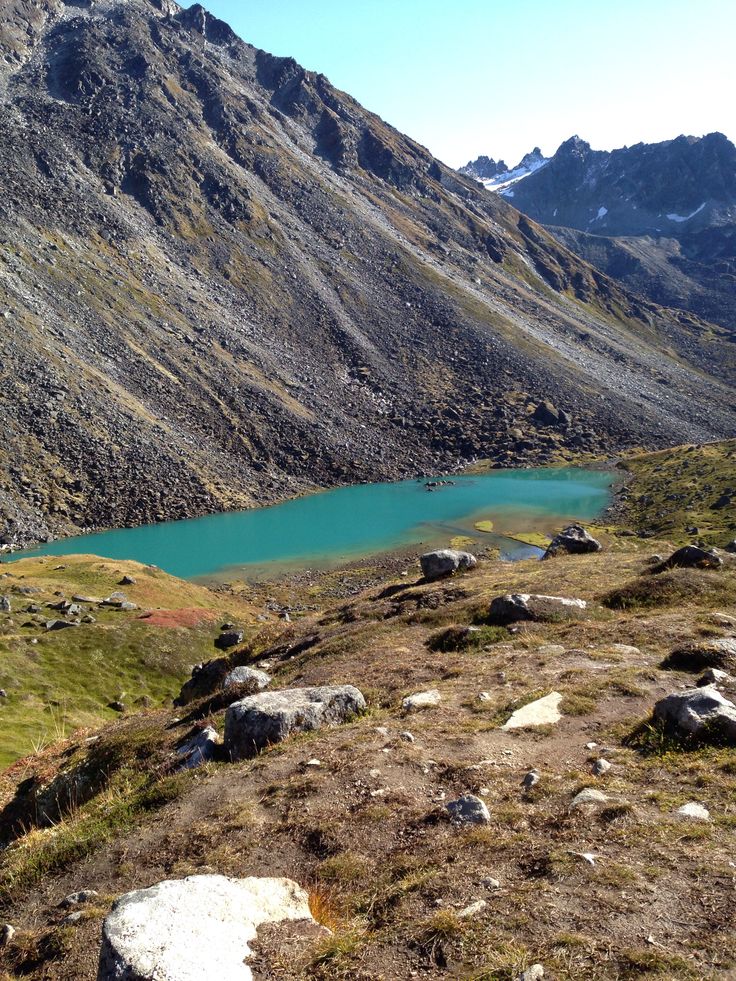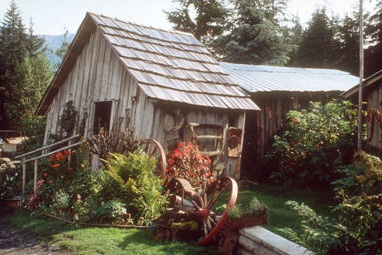About Nome Beach, Alaska
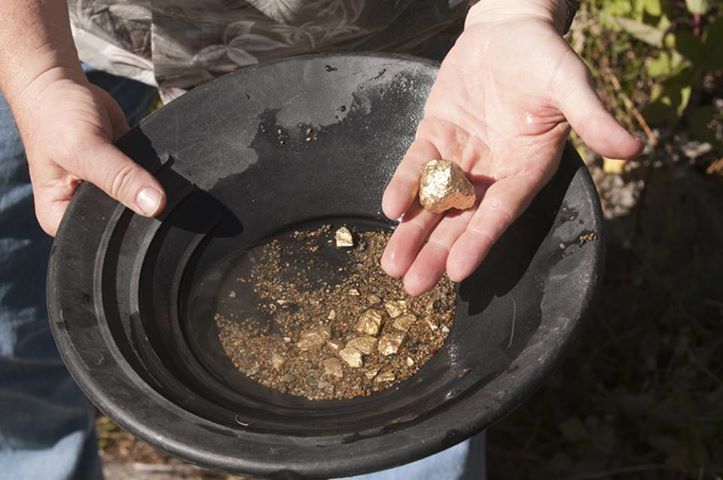
Nome Beach in Alaska, located between Front Street and the Bering Sea, is a renowned location for rockhounding, beachcombing, and gold panning. This beach has been famous since the late 1800s for its rich gold deposits and presence of driftwood and sea glass. Today, it remains a fascinating destination for collectors, prospectors, and travelers who want to experience Alaska's gold rush history while enjoying the natural beauty of the Arctic coast.
Due to its Gold Rush history, people visit for gold prospecting, as there are still smaller quantities of gold to be found.
What Can Be Found at Nome Beach
- Gold: You can find flakes of gold in the beach sands and tidal gravels. The beach is said to have produced about 295,000 ounces of gold from the 1800s Gold Rush history. And rockhounders still come down to prospect for gold along the beach and surrounding rivers.
- Driftwood and Sea Glass: While exploring, you will come across driftwood and sea glass, commonly used in jewelry making and for art purposes. The beach has a good amount of sea glass, made from man-made glass, refined by the waves and ocean currents over a long period of time. You will also find bits of washed-up wood, which you can collect for art purposes.
- Marine fossils: The shifting sands of the beach expose marine fossils, a product of the ancient marine history of the beach.
- Quartz Crystals: The Nome Beach also presents Quartz crystals. Common finds include jasper stones and agates. Found near the Rock Creek Mine. Quartz crystals are used to produce jewelry, decorative objects, tools, weapons, and ceramics or glass.

Gold Prospecting
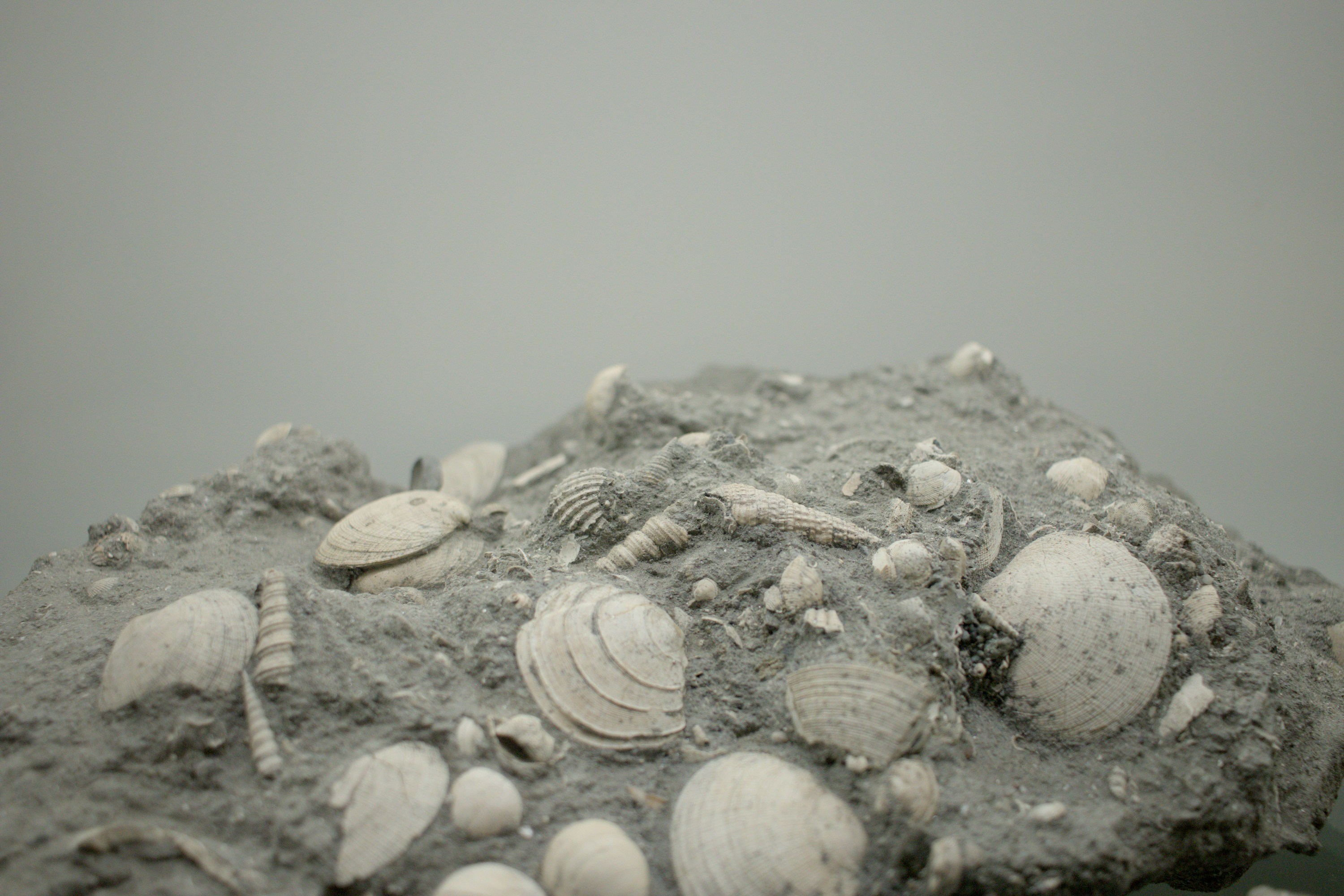
Marine Fossils
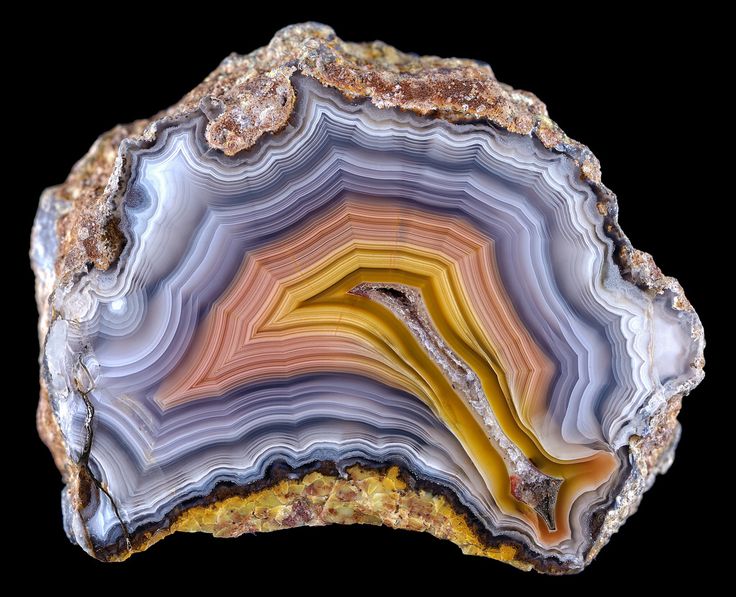
Agates
Rockhounding Locations in Nome Beach, Alaska
Gold was first discovered at Nome Beach in 1899, sparking a rush that turned this small settlement into one of Alaska's most active mining districts. Over the years, Nome has produced more than 295,000 ounces of gold, much of it from its sandy shores.
- The Nome Beach: Offshore on both the West and East ends of the beach is a site for recreational gold mining. Visitors usually dig through the glittery sands under the water. The beach is known for glittering finds like gold and quartz crystals. Visitors come here for gold panning and to hunt for other gemstones.
- Anvil Creek Stream: This creek is part of the Nome mining district and the site of Alaska's largest gold nugget find. The area is usually open for rockhounding, especially during the summer months.
- Rock Creek Mine: The Rock Creek mine is a mining district close to the Nome Beach. Although now shut down from operations, rockhounders still explore the area for quartz crystals.
Location of Nome Beach
Nome is located on Alaska's western coast. Alaska Airlines operates flights from Anchorage to Nome. Once in town, Nome Beach is easily accessible on foot from Front Street, which runs parallel to the coastline.
Recommended Gear and Tips
Recommended Gear
When visiting Nome Beach, it's important to come prepared. Here are some recommended gear to bring along while visiting:
- Shovels and trowels: A handy shovel or trowel will be very useful for digging sand and gravel.
- Bags: You will need bags for storing your specimens.
- Sifting Pan: Nome Beach is a popular gold panning spot. Come along with a sifting pan for gold collecting.
- Classifier: Come with a classifier to help you separate gold flakes from dirt.
- Magnifying glass: Needed to examine small gold flakes or fossils.
- Field guidebooks: Carry along a guidebook with you to help with navigation.
- First aid kit: It should have antiseptics, bandages, and basic supplies to help you manage scrapes or cuts.
Rockhounding Tips
Here are the tips to keep in mind while visiting Nome Beach:
- Research the Laws: Some mines are claimed as private mines, so you need to seek permission before going Gold Panning. Ensure you're aware of local rules guiding gold panning on the beach and its surrounding areas. Review mining claim directories to get this information.
- Best Time to Visit: Late spring through early fall offers the most favorable conditions to visit the beach. These seasons offer milder weather and manageable water levels ideal for gold panning.
- Prioritise Safety: To be safe, it is advised to visit the mines with a group or club. While it ensures safety, it also makes for a fun experience while rockhounding.
- Document Experiences: While at the beach, ensure you keep memories of your adventure, and remember to keep a journal of your experience.
Final Thoughts
The Nome Beach is a historical gold mine, and you can visit for gold panning, and you will most likely find other gemstones while at it.
The Nome Mining Districts, including Anvil Creek and Rock Creek Mine, are still known for producing fine placer gold and quartz specimens. While large nuggets of gold are rare to find today, smaller flakes and grains can still be found along the beach, especially during the summer months when shifting sands expose fresh deposits.
Learn More about Nome Beach here.
Other Sites to Visit in Alaska
Alaska boasts of being the largest gold deposit, and here are other sites where you can explore gold.
Guidebooks For Alaska
Alaska has a rich history of gold mining. If you are looking to explore more of Alaska's Gold sites. Here are several guidebooks you can explore.




